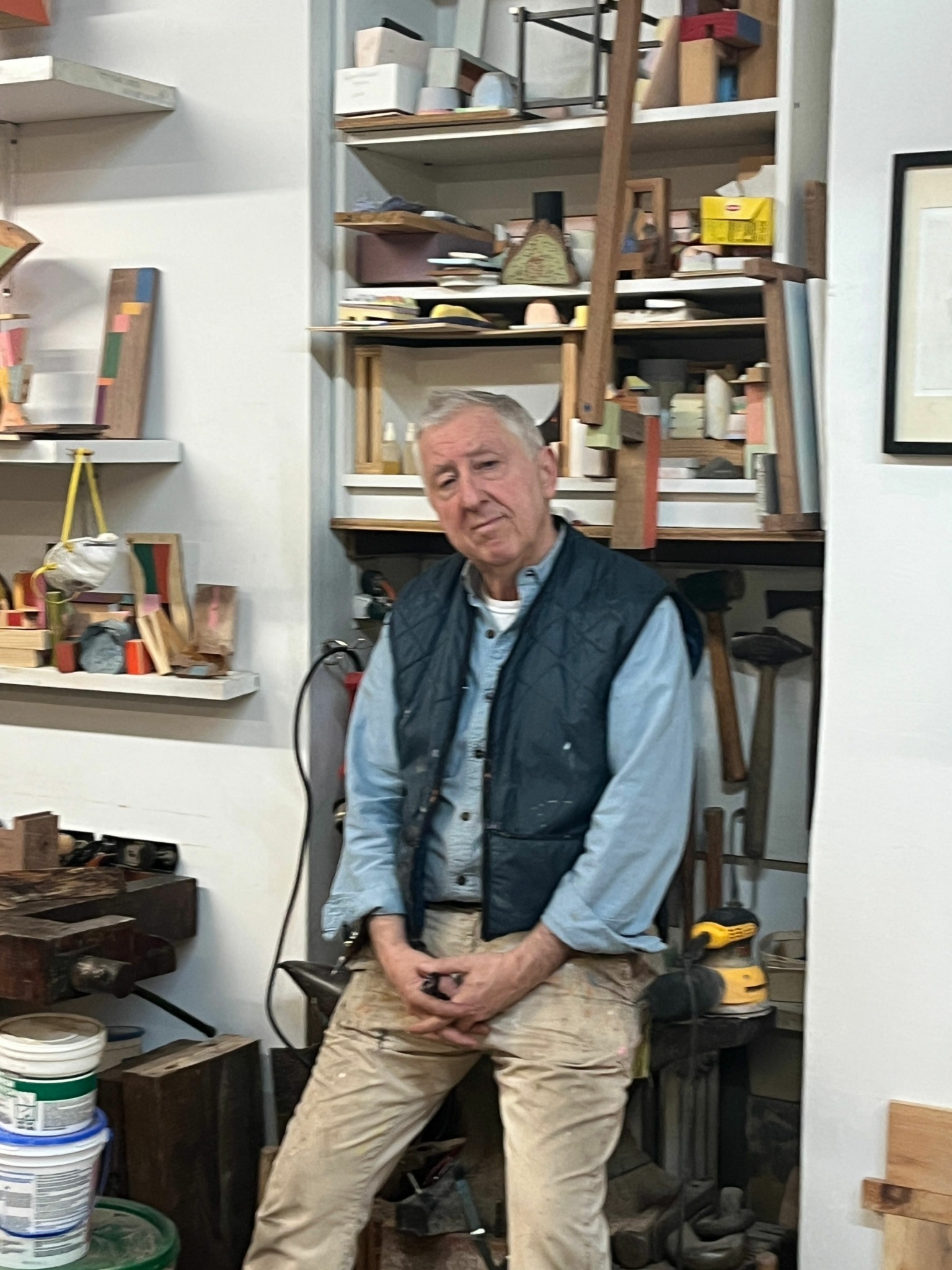We’re excited to introduce you to the always interesting and insightful Jim Osman. We hope you’ll enjoy our conversation with Jim below.
Jim, looking forward to hearing all of your stories today. How did you learn to do what you do? Knowing what you know now, what could you have done to speed up your learning process? What skills do you think were most essential? What obstacles stood in the way of learning more?
I always liked making things, starting as a child.
I went to a vocational and technical high school in New York and was introduced to electrical engineering, architectural drawing and chemistry, which was my major. After a year of learning many new things, I realized chemistry was not for me, but I did like to draw so transferred to the graphic art major. There I discovered a wide range of methods and materials to make art and just loved all of it. This early introduction to making images with line, shape and color was eye-opening and really started me on the path of becoming an artist.
After majoring in art in college and earning my MFA in Sculpture, I worked in a metal shop building all sorts of architectural forms like doors, windows, walls. (And this included making locks and doors for prisons, which was a whole different experience!) Learning to build in the real world informed my approach to art making, and those shapes and concepts show up in my pieces even now. At that time, I had my first studio post school and was also taking on all sorts of side jobs for architects, other artists and homeowners. I would make and build anything. It was kind of a postgrad finishing school you might say. And I found whatever I’d learned from doing jobs somehow filtered into my studio. This attention to craft (because clients expect a finished job to be well made, sturdy and look good) helped me become a better sculptor.

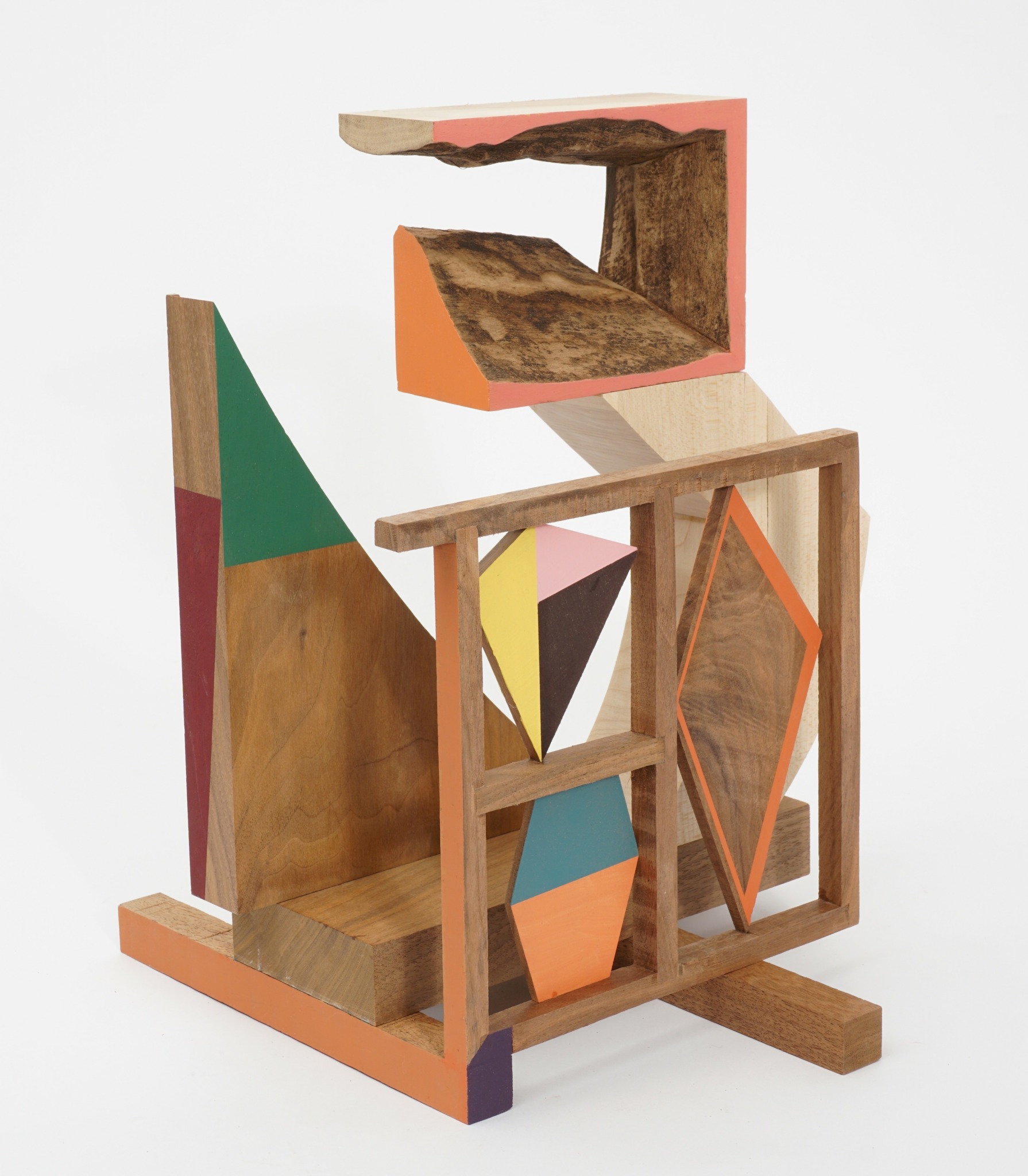
Jim, love having you share your insights with us. Before we ask you more questions, maybe you can take a moment to introduce yourself to our readers who might have missed our earlier conversations?
As I said, I toyed with being a chemist until I realized I couldn’t balance formulas but loved to draw. But it wasn’t until college, when I was exposed to painting, drawing and sculpture, that I really focused on fine art and started to see myself as an artist.
Now move a bit forward, I go to grad school and after that I was a freelancer for architects, contractors, clients — just about anyone who needed something made. Here I really learned a lot because every project was unique to a situation and made me find new methods and materials to solve problems. I wallpapered ceilings with William Morris paper (gravity is your enemy!), restored plaster moldings in a 19c building and built an art deco inspired staircase, all tremendously challenging but in the end great learning experiences. But working multiple jobs to make money meant the periods between them had to be dedicated to the studio and my own work, which took focus and doggedness.
I think the most important things I learned from that period of my life was to always say yes, work as hard as possible and finish what I started.
In the 43 years since college the one thing that has been constant is that I always work. Because for me work is a way to test an idea, a material or a method in real time, and when I finish a piece or a body of work I find there is always something I discovered in the process that I want to pursue.
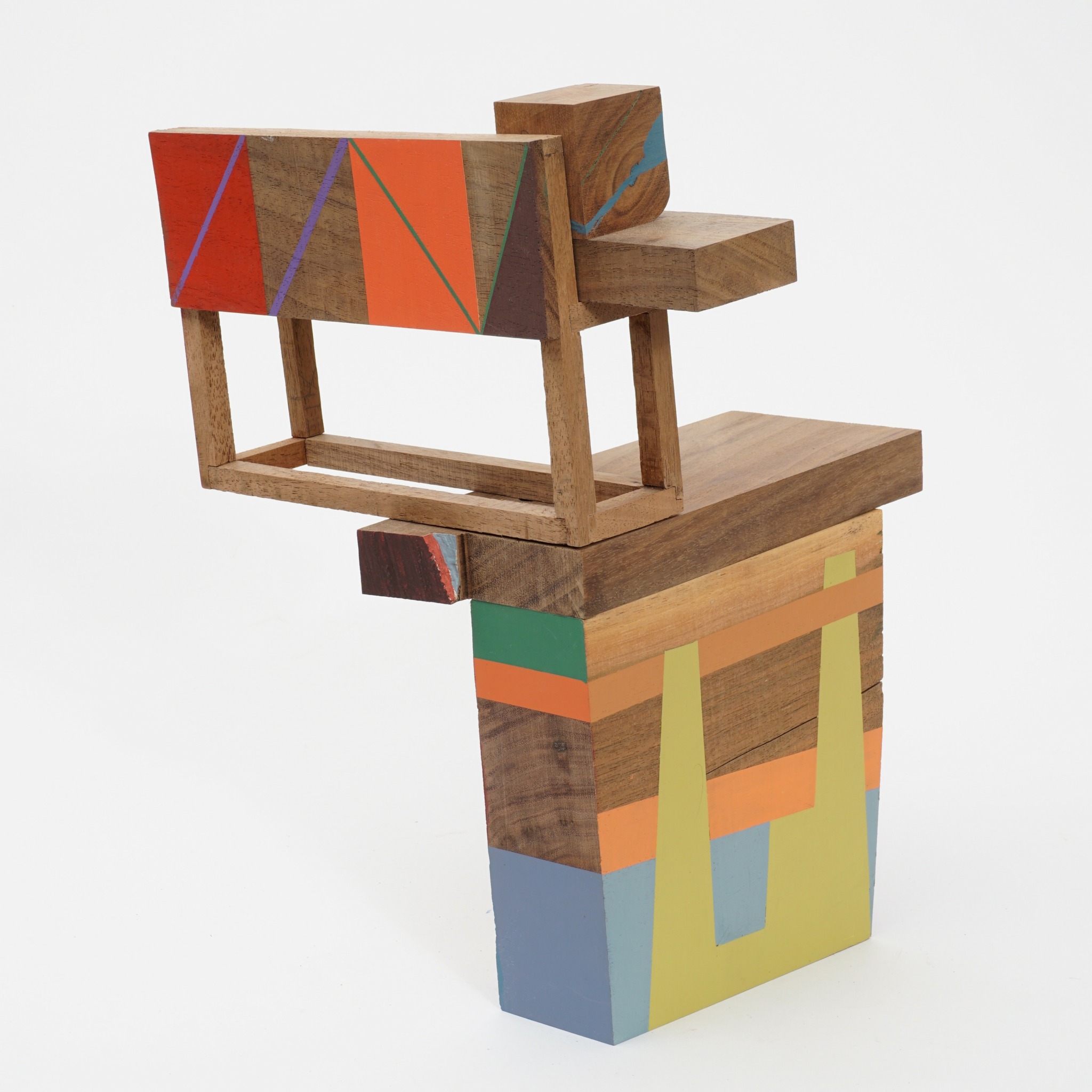
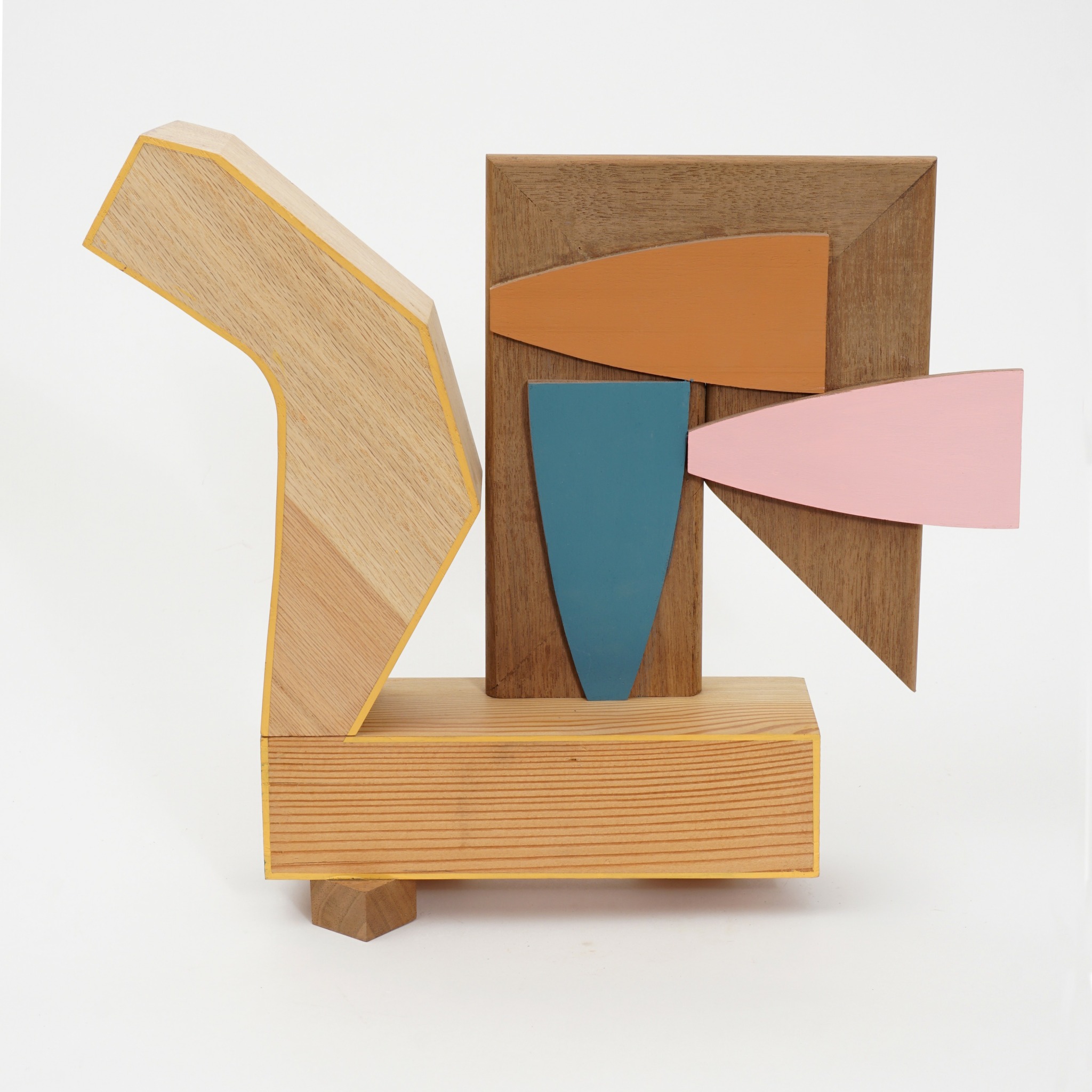
How about pivoting – can you share the story of a time you’ve had to pivot?
After being a contractor for 15 plus years I was in my early 40s and had a bad back. My wife suggested I look for a new career and since I had taught college off and on while being a contractor I asked around. A good friend was at Parsons School of Design and said give me your CV and I’ll share it with the chair of the art program. Well, I interviewed and got a class the fall of 1999. I liked the course (Three Dimensional Design) and the students. That started a 23-year run as a teacher.
It was a growing program, and I was asked to run things like a workshop series, then the shop itself. After several more years with student enrollment soaring, I became the course coordinator of 3D Design. And finally in 2011, I became the chair of the Foundation Department.
I had one distinct takeaway from that period — teaching really helped me clarify what I believed in as an artist because I had to share that with my students in a real and honest way.

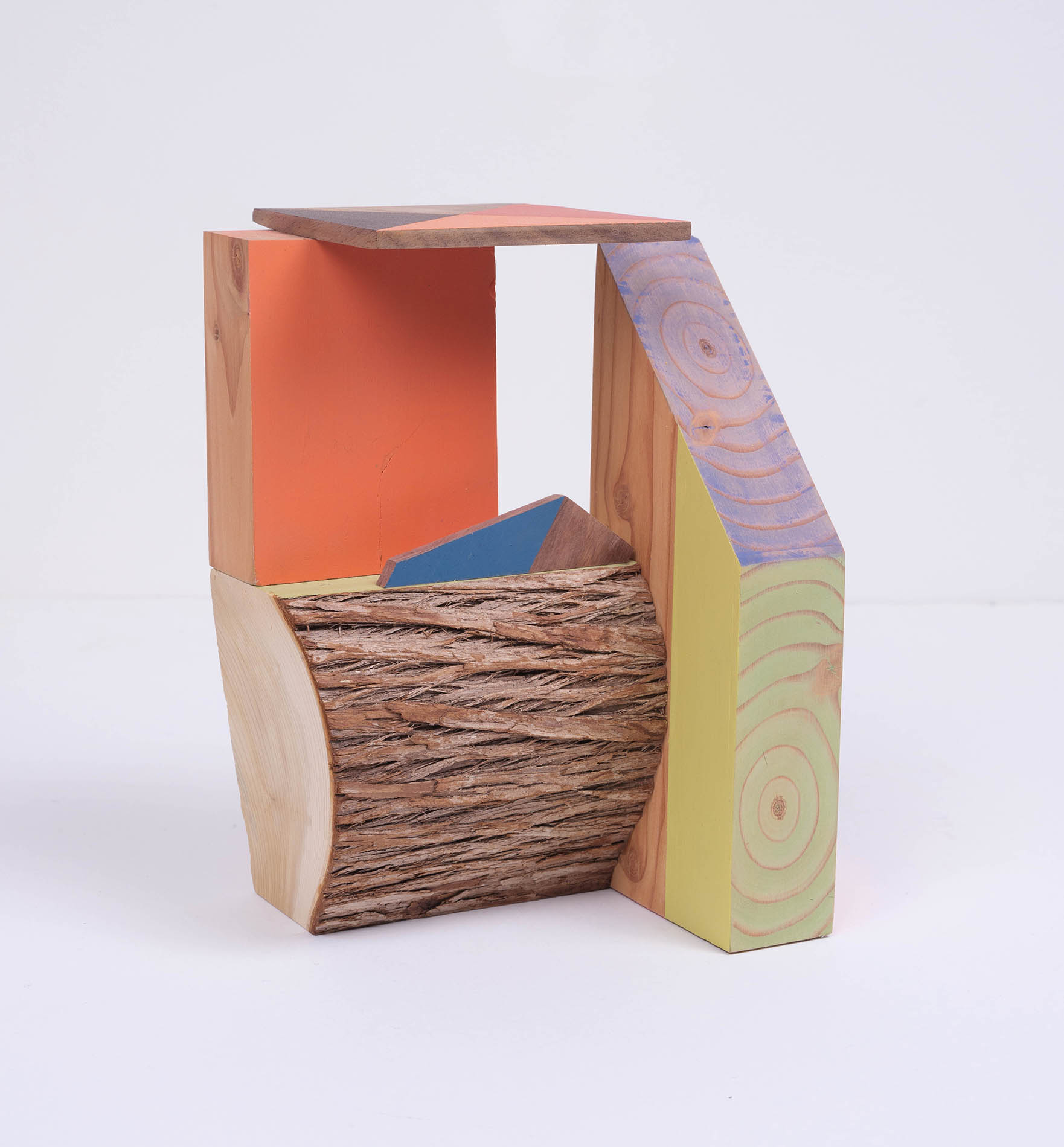
Can you share a story from your journey that illustrates your resilience?
As a young artist I tried very hard to get my work shown. I called many galleries to look at my work, I applied to many open calls for shows, I asked people to come to my studio and it seemed for every 10 things I did I got maybe one positive response.
That at times seemed hard and demoralizing, but what I learned is that everyone goes through periods of being overlooked and undervalued.
The breakthrough for me was when an acquaintance I saw at an art opening said out of the blue to me “you’re a good artist”
and it was like a load was taken off my shoulders. I applied for an artist colony that winter of 1997 and I got in. That moment of feeling I was a good artist, that feeling of accepting myself, took close to 15 years to get to and it was amazing.
But the main realization for me was to keep working and build community. Help others, write recommendations, lend a hand, whatever because we are all in the same boat.
Contact Info:
- Website: https://jimosmanstudio.com
- Instagram: jimosman2788
- Linkedin: https://linkedin.com/in/jim-osman-1a87325
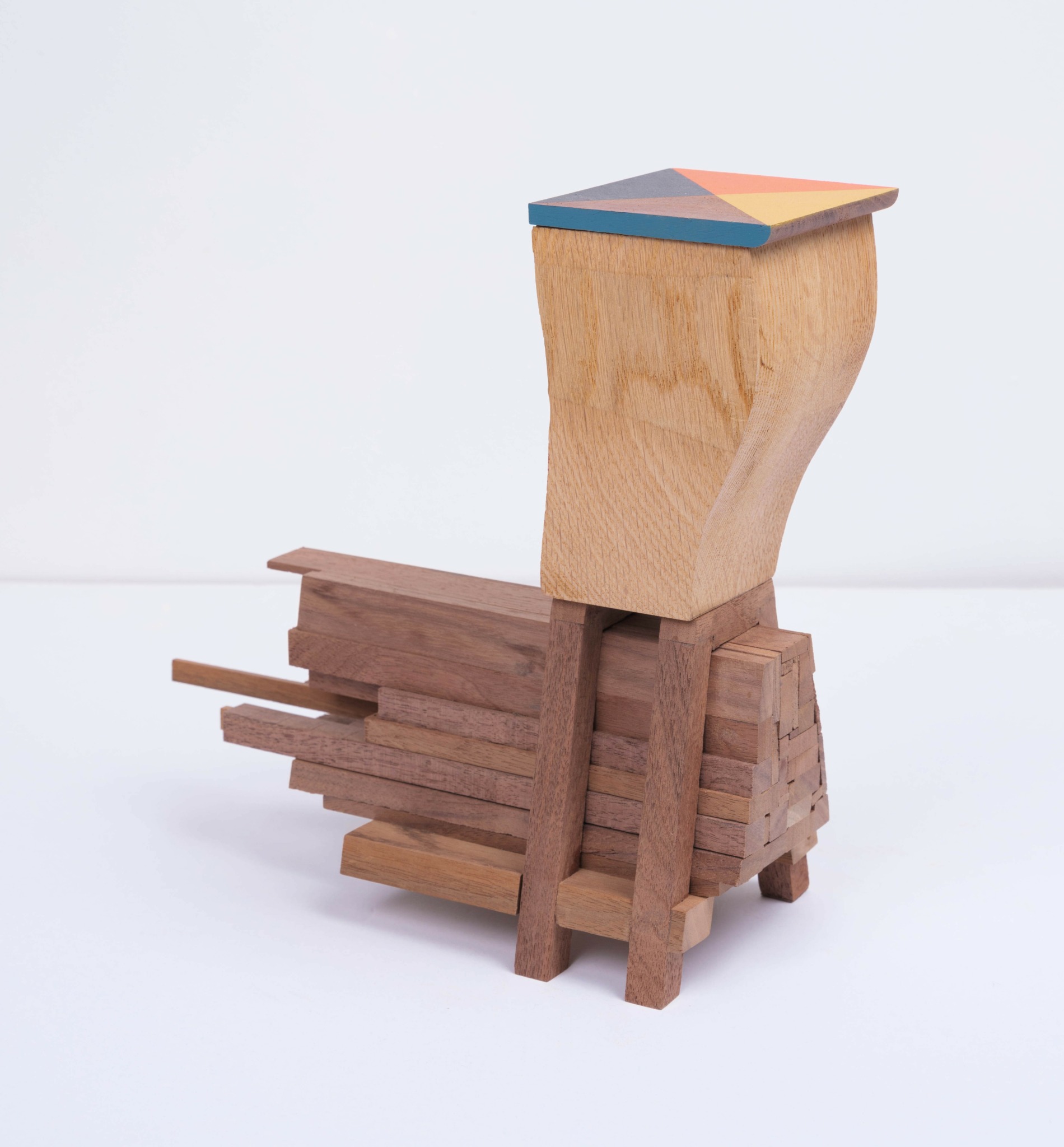
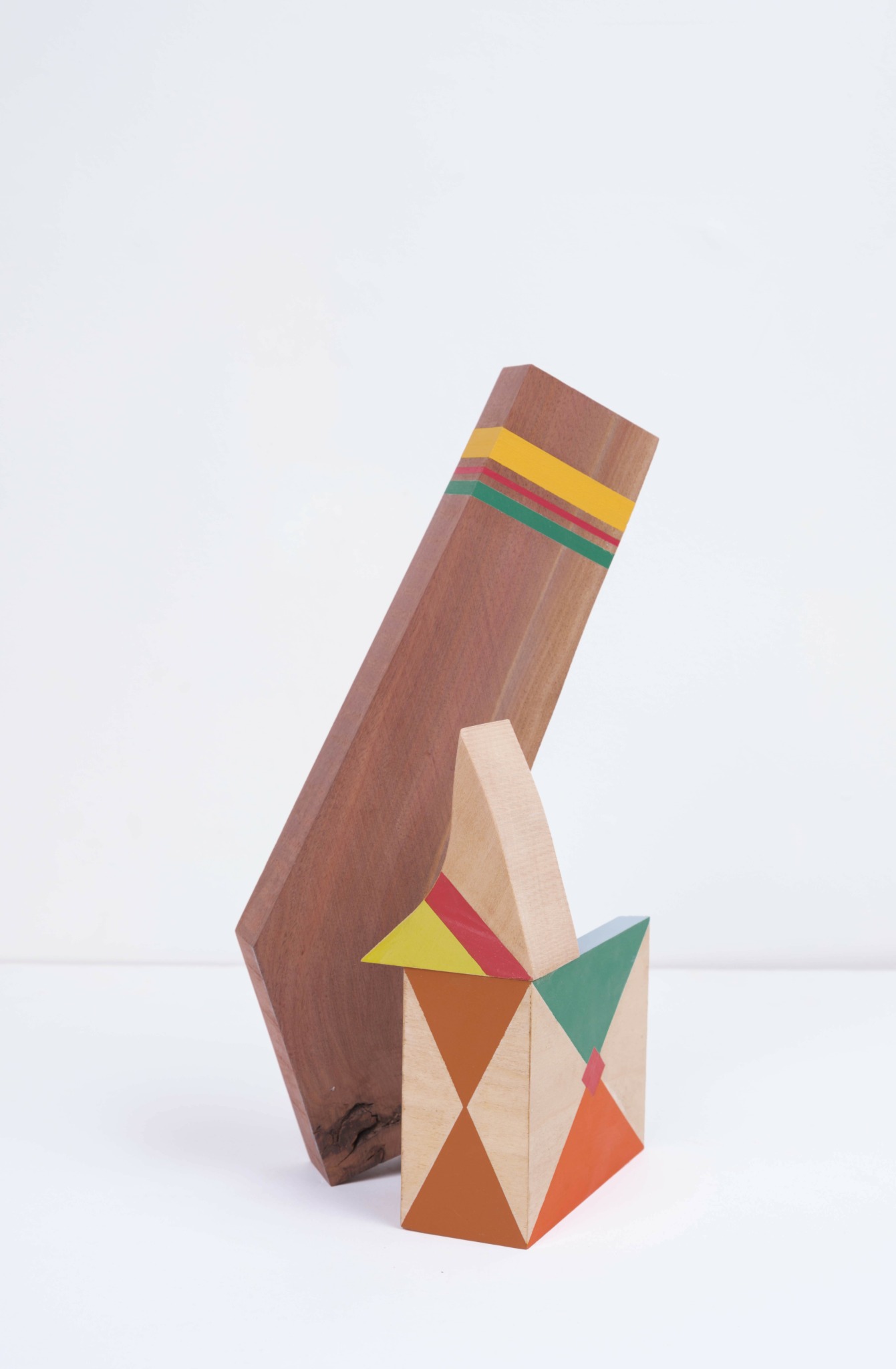
Image Credits
Christian Nguyen -Photographer


